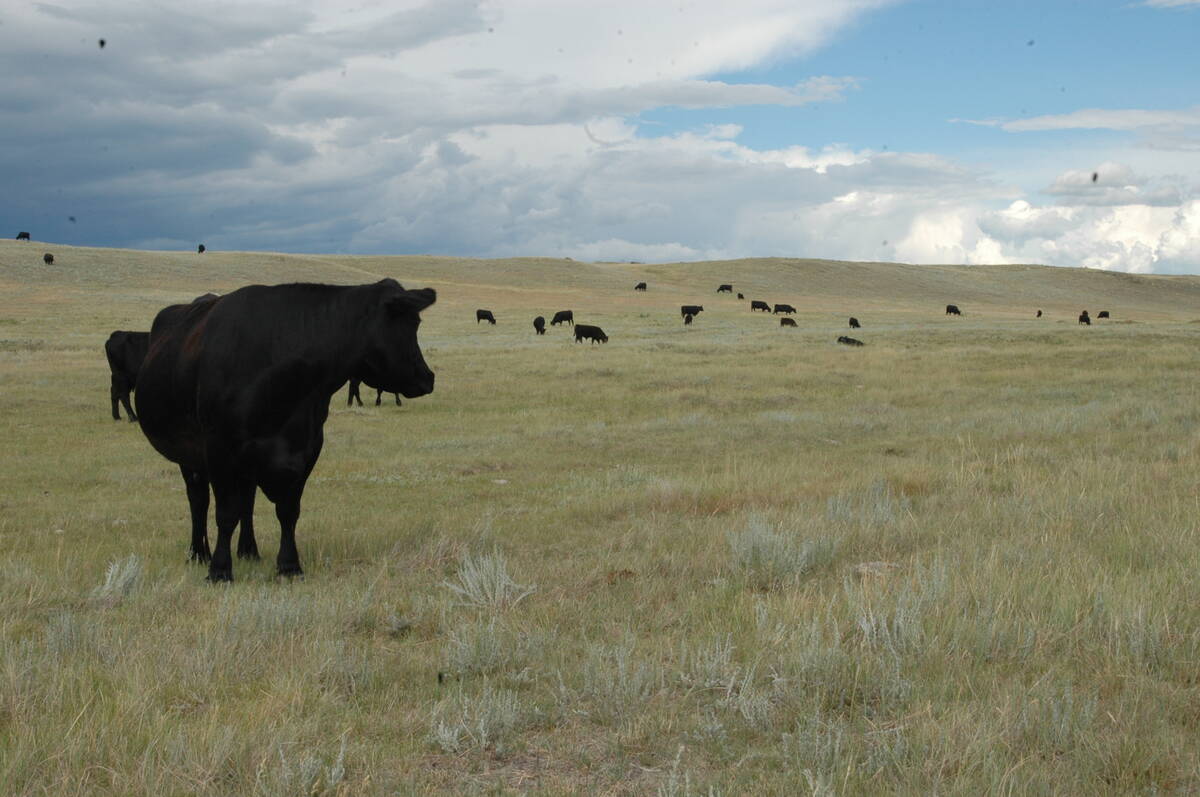Global warming | Former skeptic says changing temperatures will challenge traditional crops on the Prairies
There are 109,352,783 cropped acres on the Canadian Prairies and in Montana and North Dakota.
What will happen to them as the climate warms?
Tom Jensen, northern Great Plains director for the International Plant Nutrition Institute, said changes are already occurring.
“I believe in global warming,” he told the April 16-17 water, agriculture and the environment conference a day after climatologist Tim Ball said global warming was a myth.
“I used to be skeptical,” but as he has seen more data, “I can agree that things are warming up.”
Read Also

Canadian Food Inspection Agency slammed for handling of bovine tuberculosis case
The federal government leans heavily on producers to “take one for the team” and risk their livelihoods without any reassurance of support.
Increased temperatures might be positive for crop growth and diversity in the northern Great Plains, but that will depend on accompanying precipitation levels.
Models suggest higher temperatures will result in slightly more precipitation. In general, Jensen predicted that the ideal cropping area will shift northward and listed projections by crop.
“We’re going to see expanded acres of winter wheat, partly because the winters aren’t going to be as cold,” said Jensen.
Those acres will move slightly north, as will spring wheat, durum, barley and flax.
Canola’s sensitivity to heat will also mean a shift northward for that crop.
“In my opinion, it’s going to be harder to grow high yielding canola in our traditional areas.”
Alfalfa and grasses will not suffer as much from slight warming, so shifting of those acres may be slower.
Alfalfa in particular is resilient and adaptable to heat, as shown by Arizona’s ability to grow eight cuts of the forage a year under good conditions.
Nor will there be huge shifts in location for potato and sugar beet crops, Jensen said, although it’s possible more commercial potatoes could be grown in the north, where seed potatoes are now the norm.
Mustard of various types would thrive in warmer temperatures, and Jensen said that could mean potential expansion of those acres. Lentils also thrive in harsher conditions.
As well, more grain corn and corn silage may be grown as temperatures rise.
“I’m quite confident we’re going to see a lot more acres of soybeans in Saskatchewan and into Alberta and Montana where we haven’t traditionally had soybeans,” said Jensen.















